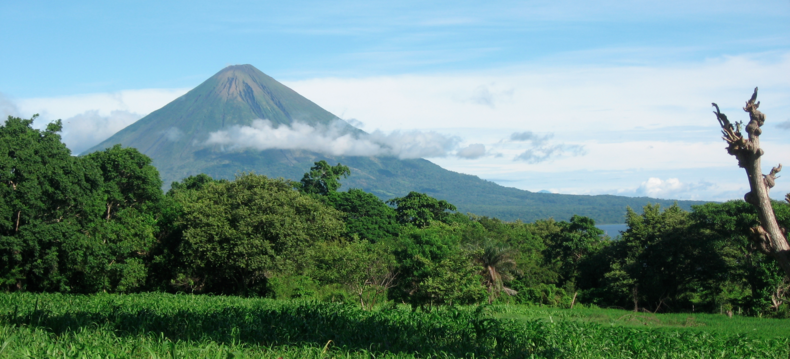Each person in our class reviewed different groups’ final presentations. I chose to review Hae Lin and Jackson’s final presentation on Water and Sanitation.
Hae Lin and Jackson—Water and Sanitation
I thought that Hae Lin and Jackson’s presentation on Water and Sanitation was informative, well-organized, and engaging. I was particularly interested in the point they made about the importance of sustainability in their project. They came into the project thinking that it was going to be mainly health based, but realized that the sustainable aspect of clean water is also a significant issue.
Some background information on water sanitation in “nicarAGUA” they presented:
- Urban- lake Managua has been described as “the world’s biggest toilet”
- Collecting sewage and chemical run off since 1972
- Mosquitoes build homes in the “swamps” of polluted water
- Fecal contamination—90% of municipalities even in protected wells
- Insufficient chlorine residues
- Rural
- 37% w/out access to “improved” water sources
- On Caribbean coast—only 18% have access to safe drinking water
- Mining industries and oil refineries along river dump cyanide, DDT, and mercury into the waters
- Outsides are used as latrines
- In Siuna, delivered water is yellow
The health effects they presented:
- Why is this such a big problem
- Health effects:
- Diarrhoea
- Hep A
- Typhoid fever
- Mosquito-born diseases such as malaria and dengue
- Chronic pain
- HIV/Aids
- Gender disparities
- Women and girls have the burden of finding and carrying water
- Cannot get work or an education
- Socioeconomic disparities—rural regions and indigenous groups disproportionately affected
- Economic effects—reduce productivity….
- Health effects:
- What are some of the challenges facing water access/sanitation in Nicaragua?
- Economic development vs environmental sustainability
- Mining industry
- The Nicaraguan Canal
- Extreme weather and climate change
- Hurricane Mitch
- The “El Niño” Phenomenon and 2014 drought
- Lack of hygiene, especially due to infrastructure, adds another layer of complexity to the problem
- Using outdoors as latrine
- Economic development vs environmental sustainability
They also discussed short and long term solutions, and how the government and other organizations are involved:
- Las Comités de Agua Potable y Saneamiento (CAPS)
- Ley 722
- Formation of CAPS
- Allows Caps to gain access to tax exemptions
- Gives tax break on electricity for water pumps
- Receives technical assistance and training
- Small Scale and Short-Term Solutions
- Putting on top of roof
- Boiling water
- Chlorine
- Rain catching system
- Aqua Clara International
- Bio-Sands Filters
- Removes contaminants like bacteria, heavy metals, large particles
- 36 liters/day
- Deployed in home
- Medium-Scale and Medium Term Solutions
- Bridges to Community
- 2013 Fonseca Water project
- 200 ft well; gravity fed delivery
- water for ~200 people
- 2014 Piedra Menuda Water Basin Project
- 2013 Fonseca Water project
- Agua Para la Vida
- Provides training for locals to become water technicians
- Develops software and manuals for designing gravity-fed water systems
- Large-Scale and Long-term solutions
- Advocacy and policy
- Water Aid
- Education and Community Action
- El Provenir
- Advocacy and policy
- Bridges to Community
- Bio-Sands Filters
- Ley 722
After their presentation, I understood much more about the water situation in Nicaragua, and how big of an issue it really is. It is crazy how many aspects of Nicaraguan lives are affected by this issue, and even though some efforts are being made, there is a long way to go in improving the water and sanitation issue in Nicaragua.
